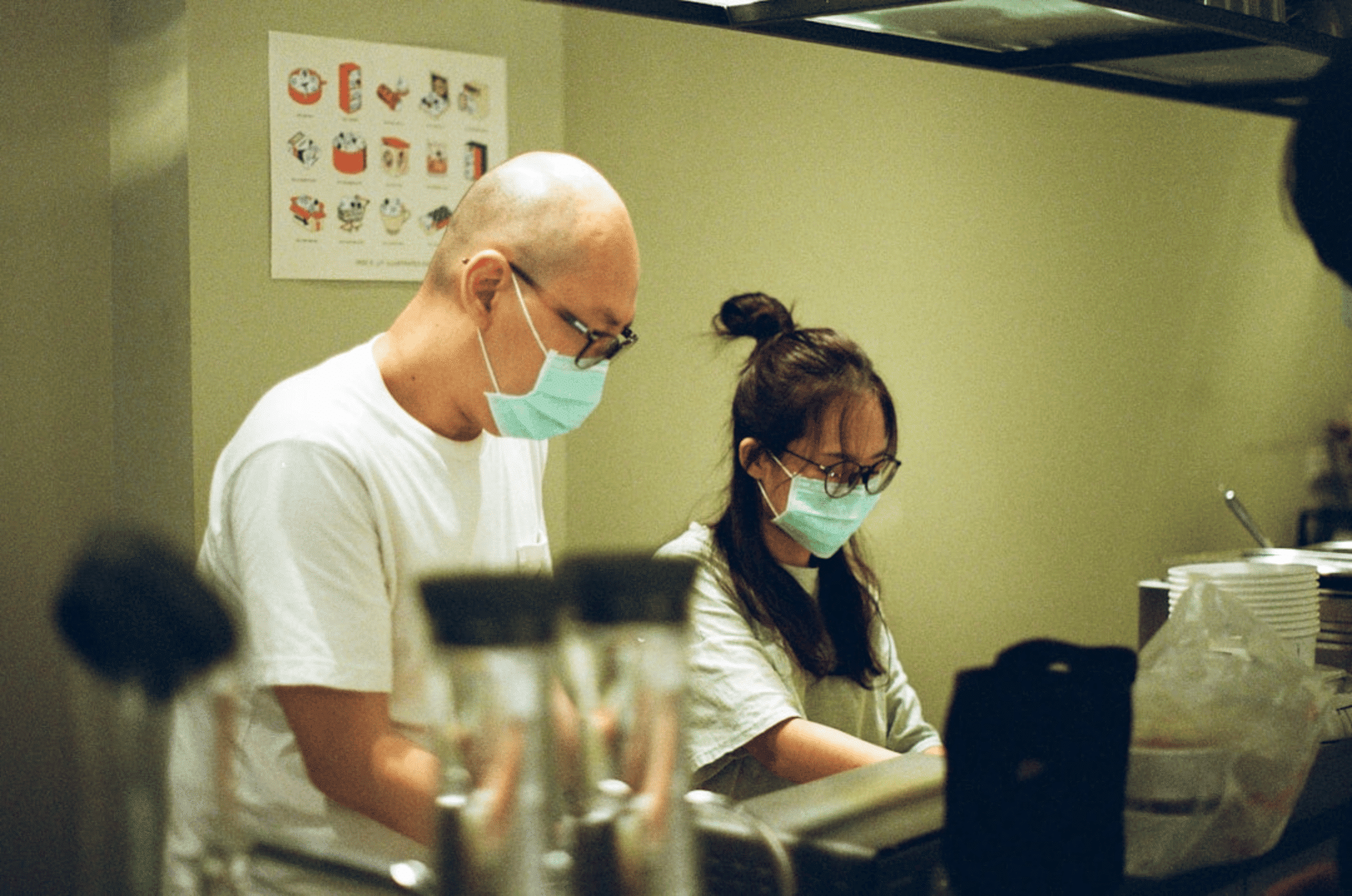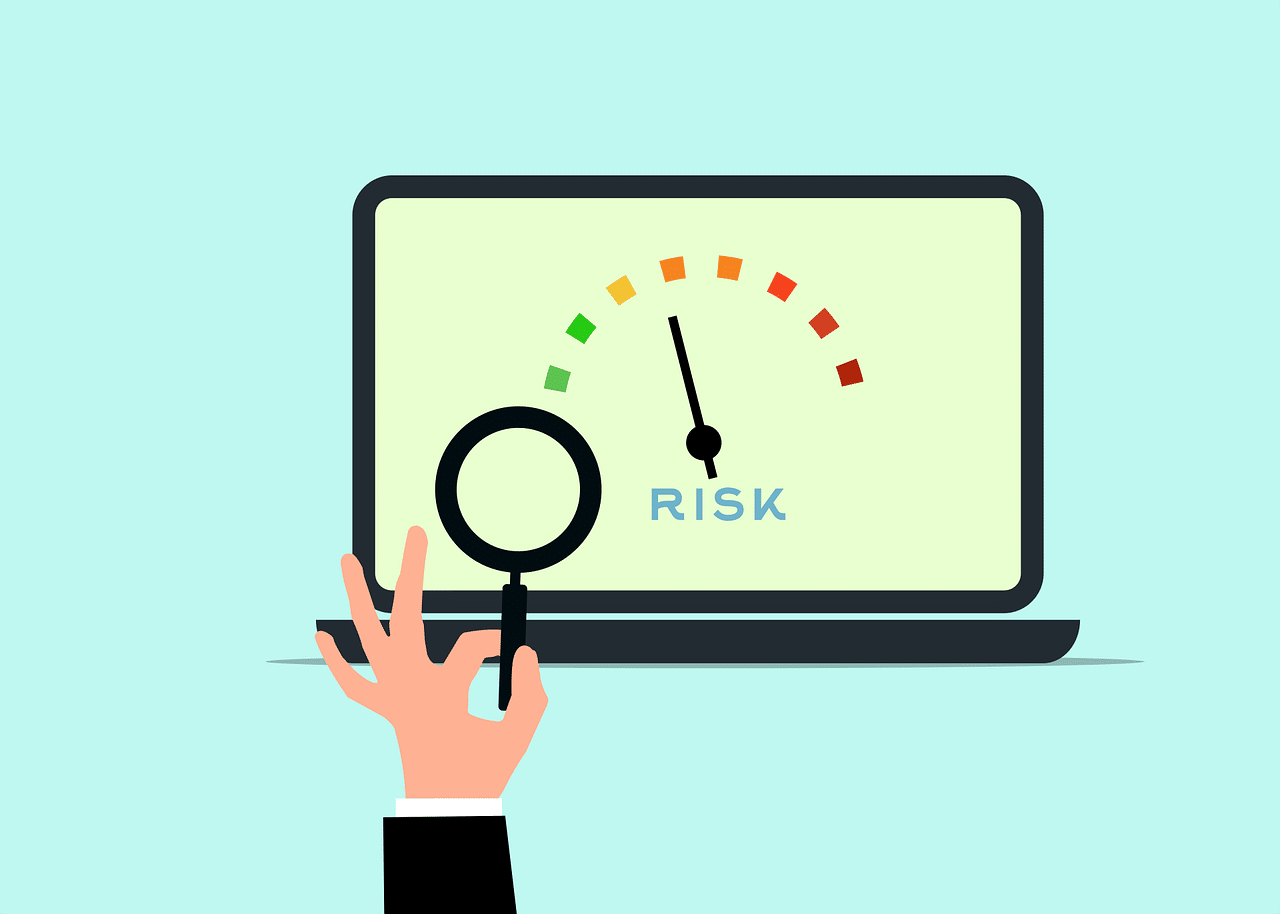Healthcare technologies are evolving rapidly, and new innovations are changing the healthcare sector for the better, especially regarding patient care and data management. While these tech-inspired transformations are much welcome, they bring forth new security challenges that healthcare GRC (governance, risk, and compliance) professionals and decision makers must expertly navigate regulatory compliance requirements to stay secure and protect sensitive patient data.
This calls for a flexible GRC approach that prioritizes and balances tech innovations and security in concert. Designing a forward-thinking and risk-proof GRC strategy takes meticulous and coordinated planning to get it right the first time. It helps you avoid costly system overhauls and security gaffes down the line as you embrace AI integration.
Fortunately, you can reference this blog post as a roadmap to designing a progressive healthcare GRC strategy. We’ll explore the key shifts needed, from predictive risk modeling to fostering cross-disciplinary collaboration. Let’s dive in.
Key AI-powered shifts you should implement to optimize healthcare GRC
AI has transformed all facets of patient care, such as facilitating the large-scale application of precision medicine in oncology, radiology and diagnostics. Integrating AI systems and tools in your healthcare organization supports and expedites clinical decision-making processes. This widespread use of AI means you must pivot and embrace a new healthcare GRC system.
While you’ll make most adjustments progressively across your implementation journey, applying these five AI-based strategies will put you on the right path to fulfilling healthcare GRC compliance and championing innovation.
Using predictive analytics to stay ahead of compliance risks
AI-driven patient care exposes the healthcare sector to more cybersecurity risks that endanger patient privacy and data security. The integration of health technologies such as electronic health records and wearable health devices creates extra loopholes that cybercriminals can exploit.
But on the upside, AI integration enables the assembly of diverse data sources into a single system. This makes it easy for AI predictive analytics algorithms to analyze data for early risk identification and risk assessment, helping to surface compliance risks and recommend feasible solutions.
AI analyzes the system data for possible issues for investigation to get in front of any violations of the Health Insurance Portability and Accountability Act (HIPAA), or other data regulations such as the General Data Protection Regulation (GDPR). Doing so streamlines your healthcare GRC and compliance management processes to meet these standards, ensuring you’re not caught off guard by compliance shifts. In short, it makes your healthcare GRC risk management strategy more predictive than reactive.
Deploying interpretable AI models to support decision-making in patient-facing roles
Clinical patient-facing roles like diagnosing illnesses and prescribing medications are highly sensitive as they directly impact patient experience and trust in your healthcare organization. As such, these roles and decision-making processes must be transparent and unbiased to uphold quality patient care.
Your AI-supported decision-making must also promote patient autonomy and ensure equitable access to healthcare. The most convenient way to achieve these standards in an easily verifiable approach is by using interpretable AI models and documenting their decision-making processes step by step.
Interpretable AI models are purposely designed to make their decision-making procedures transparent and understandable to humans. Interpretable AI models allow healthcare professionals to assess decisions by tracing how input data leads to specific outputs.
This makes it easier for them to explain their AI-supported clinical decisions to patients, creating an audit trail that helps them stay compliant with pertinent GRC guidelines. It eliminates the black box nature of AI systems, which hinders physicians from explaining the reasoning behind their clinical recommendations. Better yet, regulatory authorities can readily assess your AI-backed clinical decision support system and establish if it meets regulatory requirements.

Leveraging AI algorithms to streamline healthcare GRC compliance and enable predictive patient care
Another major advantage of integrating AI in healthcare is enabling the shift from reactive to predictive patient care. Conventionally, patient care started with physical diagnoses when a patient’s health condition declined. Then this step is escalated to treatment and prescription.
But with AI, healthcare providers can collect patients’ medical data remotely and assess their health conditions continuously. This way, physicians can track and monitor a patient’s health progress and employ data analysis strategies to identify any abnormal patterns that may indicate health conditions.
Using advanced AI tools like CURATE.ai, healthcare professionals can even predict how different drugs or treatment plans might affect a patient’s health outcomes. These tools also support advanced genomic testing and analysis techniques, including variant calling and genome annotation.
More importantly, predictive patient care gives healthcare professionals enough time to test and adjust treatment plans with a clear audit trial to fit or exceed compliance requirements and standards. You enjoy two-fold benefits in terms of enhancing the overall patient care experience and facilitating healthcare GRC compliance. This is an ideal win-win in modern healthcare, considering the myriad of GRC changes expected as predictive patient care steadily becomes mainstream.
Encouraging cross-disciplinary collaboration to enhance AI-supported clinical outcomes
Consistently delivering unbiased, AI-driven clinical outcomes is a tell-tale sign of a top-quality healthcare AI system. However, due to the huge variance in patients’ health data and its evolving nature, biases creep in with time. An effective way of combating bias is training your healthcare AI systems with input data collected from various multidisciplinary sources.
This means involving subject-matter experts from different fields, including psychology, medicine, sociology and information technology. Fostering such collaborative approaches allows each professional to contribute industry-specific insights. Put simply, you’re advancing both healthcare GRC and AI-supported clinical decision-making systems.
These collaborations help you strike the ideal balance between innovation and security in healthcare GRC through a connected approach that also improves stakeholder engagement. For instance, say IT and medical experts collaborate to integrate AI in precision medicine. While the IT gurus focus on developing GRC-compliant AI frameworks, the physicians will focus on integrating the latest phenotypic innovations into the AI systems.
Adopting AI tools to automate complex healthcare GRC processes
The truth is that most healthcare GRC processes are still burdened by manual processes, manual assessments, and other time consuming tasks. As workloads grow, it becomes nearly impossible to keep up without introducing errors.
Fortunately, you can count on advanced AI-powered GRC tools such as Onspring to effectively automate most of your healthcare GRC processes. By adopting AI-driven automation, you can replace manual tasks with digital workflows, driving time savings, improving user adoption, and reducing your chances of submitting unreliable reports, which introduce as much risk as non-compliance.
Fortify your healthcare GRC understanding before taking the leap
Just reading this blog post isn’t enough to equip you well to expertly tackle the intricacies of healthcare GRC. Getting the ideal balance between innovation and security in the modern, AI-first healthcare industry takes more than the five strategies we’ve explained in this blog post. Fortunately, you can download our detailed white paper on GRC management in AI-driven patient care to learn more. Get healthcare governance checklists and case studies of real-life healthcare providers who’ve leveraged Onspring’s GRC solutions to conquer healthcare GRC.
At Onspring, we’re on a mission to simplify complex business processes and the technology that runs them for GRC. We make business process automation software that simplifies regulatory compliance, strengthens risk and compliance programs, and delivers customizable dashboards that empower anyone to innovate and solve problems for themselves. Find out why Onspring has been the top GRC software in Info-Tech Research Group’s Leader Quadrant for five years running.




